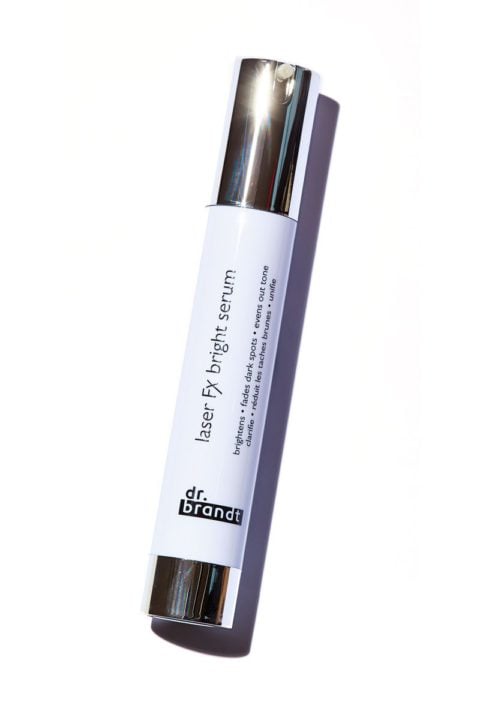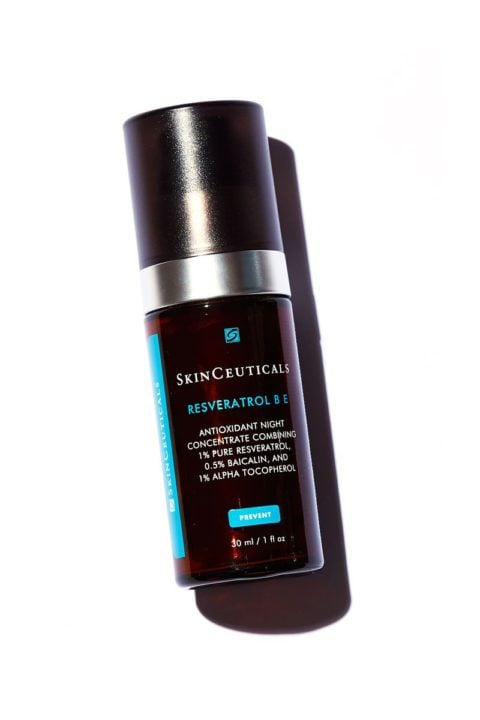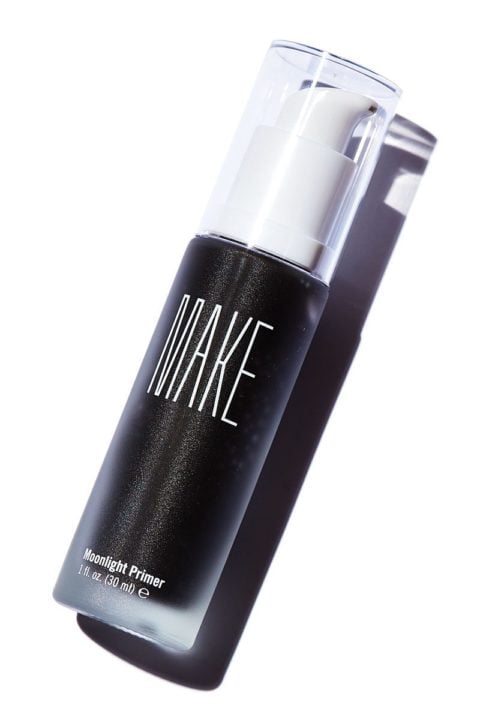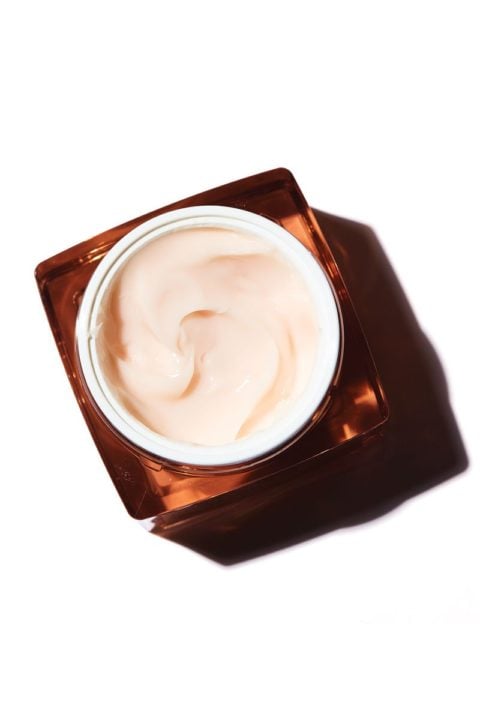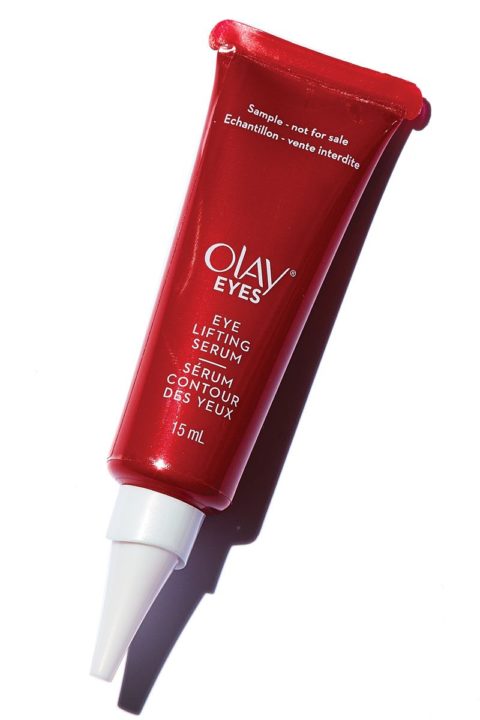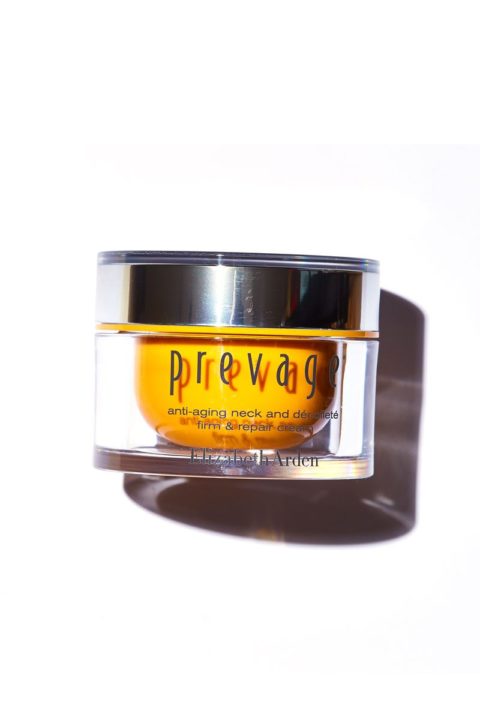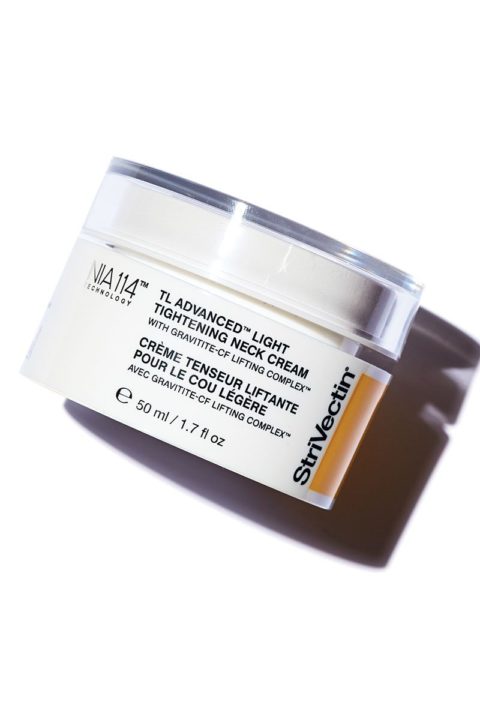Why Taking Selfies Can Actually Damage Your Skin
The first thing I do when I wake up is check my phone for texts—just in case I suddenly got popular overnight. Then I scroll through the day’s headlines and my Insta feed. Next, I peruse Apple Music to find the perfect soundtrack to my morning routine before tapping up an Uber to take me wherever I need to go that day, all the while bouncing around from app to app on the big screen of my iPhone 7 Plus. After hours of squinting at my laptop while suppressing rage over unrealistic deadlines, unbelievable headlines and ridiculous Facebook posts, I spend the evening reading on my iPad while watching Netflix before going to bed so I can do it all again the next day. There are countless reasons for me to step away from my phone (increased stress, butterfly brain, eroding social skills…), but I’ve never considered the effect that so much screen gazing has on my skin. It turns out that living in my digital bubble may actually have some pretty significant beauty consequences IRL.
Increasingly, dermatologists and skincare companies are sounding the alarm about the various types of skin damage that our smartphones and other tech devices can cause. Of great concern are high-energy visible (HEV) light rays—the glowing blue light emitted from the liquid crystal display (LCD) screens of our phones, computers and tablets. “It’s a harmful artificial light that will affect your skin by giving it premature damage,” says Adrienne Penna, director of product development, skincare, for New York’s Make Beauty, a company that targets tech-obsessed millennial shoppers. HEV damage can reportedly include fine lines and loss of elasticity and structural components of the skin, like collagen and elastin. To minimize this potential damage, Make launched Moonlight Primer. It’s made with a vegetal-sourced melanin, an ingredient that “shields against this spectrum of light and absorbs it,” says Penna, who was tipped off about HEV by members of the eyewear industry studying its role in macular degeneration. The research on its role in skin damage is still in its infancy, though. “We really don’t know how this particular spectrum of light will affect people in the long run,” she says. However, she’s particularly concerned about what impact HEV rays will have on the generation that has been using tablets and smartphones since before they could walk.
Some dermatologists are reporting finding poikiloderma, a form of skin discoloration usually caused by sun exposure, in unusual areas like underneath the chin and the side of the face. It’s because of sun exposure and how we hold our phones, suggests Dr. Dendy Engelman, a dermatologic surgeon based in Manhattan. “A lot of people will come in and say ‘I have a rash on the side of my neck,’ but it’s not a rash at all. The central part of their neck looks young and smooth and even, because it has been protected from the sun, and then the lateral aspect looks mottled and wrinkly.” Beyond this anecdotal evidence, a 2014 study from the Autonomous University of San Luis Potosí in Mexico on 61 female patients undergoing hydroquinone skin-bleaching treatments for melasma found that those who wore sunscreen with added visible light protection showed between 4 and 28 per cent increased improvement in their de-pigmenting treatments over those who just wore UV protection.
Clearly, HEV light does, indeed, play a role in the development of melasma. Meanwhile, it’s not just HEV rays that are a concern but the possibility of UV reflection as well. A 2015 small observational study conducted on mannequins by the University of New Mexico found that the screens of our devices actually reflect UV rays back onto our chins and faces, with the iPhone 5 found to increase UV exposure by 36 per cent. (The exposure was monitored for one hour.)
Light-induced damage doesn’t stop at the blue end of the spectrum. Infrared rays (IR)—an invisible type of light that humans experience as the feeling of heat—are emitted by everything from LCD screens to remote controls. But not all IR rays are created equal. Different types of IR light can be beneficial; infrared saunas, for example, have a celebrity following for their ability to relax, detoxify and stimulate collagen production, and IR laser treatments have been used as a non-invasive skin-resurfacing option for years. An excess of exposure to near-infrared rays, however, has been found to cause skin changes similar to those of UV, including dermal inflammation, photo-aging and photocarcinogenesis, the creation of cancer cells caused by light. For the moment, there are no creams that protect against harmful near-infrared rays, but topical antioxidants have been shown to reduce damage. In 2015, a study of 30 volunteers at the Leibniz Research Institute for Environmental Medicine in Düsseldorf, Germany, found that those who applied sunscreen enriched with a cocktail of antioxidants had significantly less response to the near-infrared rays than those who wore SPF alone. Look for skincare containing grape seed extract, vitamin E, ubiquinone and vitamin C—researchers used a mix of all four in the study.
It’s not just devices themselves that can harm skin but also the way we physically interact with them—in particular, the hours spent looking down into our laps as we text, tap and swipe. (A 2015 study by digital research firm eMarketer found that Canadian adults spend an average of two hours and 12 minutes a day on their mobile devices.) “What I have seen is a much older-looking neck, even in my young patients, and that’s because for the majority of their lives they’ve had a phone,” says Engelman. “They’re looking down in their laps, and they’re creasing their necks down a lot more than the 90-degree angle of just looking up and out at humanity.” The result is signs of “tech neck,” a premature wrinkling across the area. “The more we hold our skin in a crease, the more prone to wrinkling it is,” she says. “You can see these transversal horizontal lines running across the necks of people who are always staring down at their smartphones.”
This creasing also happens in the forehead and eye area, a digital droop often blamed on the fact that we spend our nine-to-five lives frowning at a computer screen. “Increasingly, I’m seeing young women and men coming in complaining of looking stressed, unapproachable or miserable,” says Dr. Diane Wong, a cosmetic physician at Toronto’s Glow Medi Spa. “They’re just sitting in a permanent scowl,” adds Engelman. In other words, “resting bitch face” is on the rise. While many clients will opt for an injection of a relaxing neuromodulator like Botox, the best treatment in the case of forehead wrinkling, Wong says, is prevention. “Even when you’re not intentionally trying to frown, the muscles are in action and leaving residual evidence of it with the ‘number 11’—the two lines in between the brows—leaving those telltale signs of a constant frown,” she says. “If you haven’t developed this habit yet, you can more easily prevent it.” Wong suggests an appointment with your optometrist to rule out any squinting caused by poor eyesight, while Engelman stresses the importance of taking breaks from your computer. It comes down to being mindful of your facial expressions and taking a moment here and there to consciously unfurrow your brow.
So before you reach for a needle, take a deep breath and put down your phone. Not only will this reduce the impact of harmful light rays and wrinkle-forming expressions but it may also make you smarter. Research now finds that a digital-centric lifestyle has a negative impact on our cognitive abilities. A good filter may be able to hide your under-eye circles, but there’s nothing it can do for a waning IQ.
Flip through the below gallery and get ahead of selfie-induced damage with these beauty screen savers.
The post Why Taking Selfies Can Actually Damage Your Skin appeared first on FASHION Magazine.
